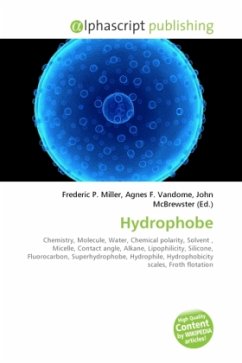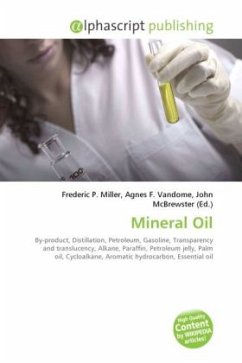In chemistry, hydrophobicity (from the combining form of water in Attic Greek hydro-and for fear phobos) is the physical property of a molecule (known as a hydrophobe) that is repelled from a mass of water. Hydrophobic molecules tend to be non-polar and thus prefer other neutral molecules and nonpolar solvents. Hydrophobic molecules in water often cluster together forming micelles. Water on hydrophobic surfaces will exhibit a high contact angle. Examples of hydrophobic molecules include the alkanes, oils, fats, and greasy substances in general. Hydrophobic materials are used for oil removal from water, the management of oil spills, and chemical separation processes to remove non-polar from polar compounds. Hydrophobic is often used interchangeably with lipophilic, "fat loving." However, the two terms are not synonymous. While hydrophobic substances are usually lipophilic, there are exceptions such as the silicones and fluorocarbons.
Bitte wählen Sie Ihr Anliegen aus.
Rechnungen
Retourenschein anfordern
Bestellstatus
Storno








